
Top 5: Leo Abrahams
London-based musician, composer and producer Leo Abrahams is renowned for his experimentation and textured soundscapes and has worked and collaborated with some of the biggest names in the rock, electronica and ambient genres and all in-between. The list of names is endless: Brian Eno, Imogen Heap, David Byrne, Regina Spektor, Jon Hopkins, Natalie Imbruglia, and Paul Simon to name but a few. Here Abrahams sits down with AT to discuss his five essential studio tools.
By Joe Matera
24 January 2023
EMPIRICAL LABS/KUSH AUDIO UBK FATSO
The Empirical Labs Fatso is a classic, and the UBK version is even better. This is the one compressor I can’t live without. It’s amazing for controlling vocals and I often run it in parallel while the singer is tracking. It’s fantastic for bringing out the transient attack of the drums and has some really unusual compression curves which kind of breathes life into drum loops. It’s the best compressor for bass that I’ve found, and if you use the side chain input you can control the threshold of the compressor and unlink it from the tape saturation. It’s beautifully simple to use, so versatile — if I could have a whole rack of them I happily would!
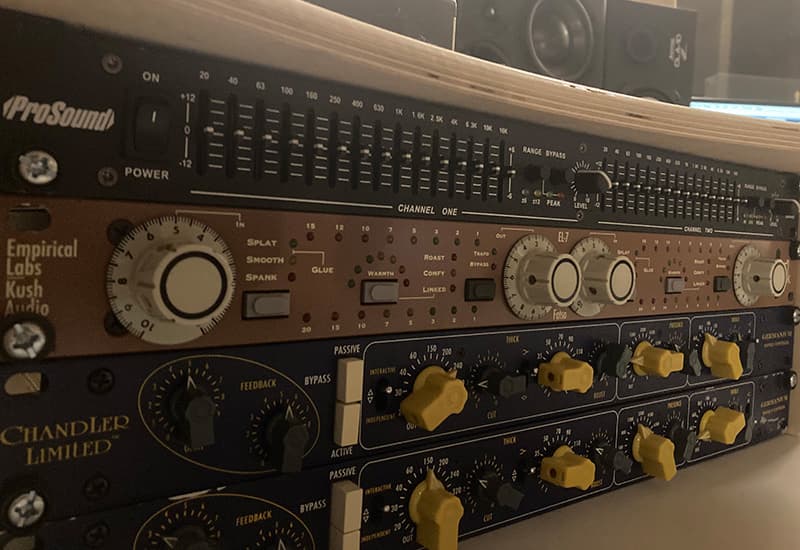
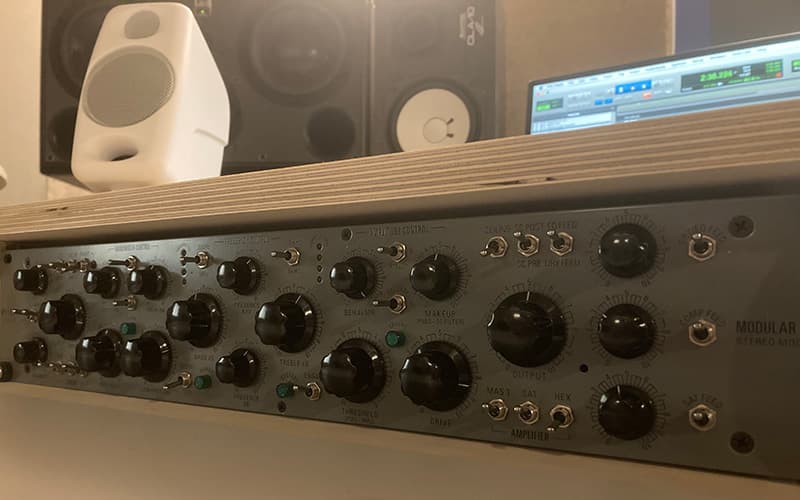
OVERSTAYER MODULAR CHANNEL STEREO
I first came across this unit in a friend’s studio in LA and realised immediately that I needed to have it. It’s a parallel EQ, filter, compressor, and saturator. It’s pretty extreme but can also be used for subtle colouration. I use it to record instruments in a way that won’t require any further saturation or parallel compression later — or as an effects box. In particular, its filters sound absolutely wonderful. The saturation and compression provide a great parallel treatment for drum overheads. It is a characterful and sometimes unpredictable tool.
SOUNDGAS 636P2
This is made by a company in the UK and is a recreation of the preamp section in the Grampian 636 reverb. It’s a germanium distortion with very high spec transformers and SoundGas have put a crazy amount of effort into sourcing the best germanium transistors they can. It can generate extreme fuzz but what I particularly like it for is adding subtle saturation which imparts this absolutely gorgeous creamy sort of… ‘authority’ is the word I would use. Pushed harder, it’s incredibly exciting on drums as well. When I bought it, I was in the closing stages of mixing an album and I reprinted probably half the stems from the album individually through this thing which revolutionised the sound of the record. There are lots of plugins that aim at doing the same thing, but I’ve never found anything that does it as well as this.


GIBSON 1968 ES-355
Since I got this Gibson I started bringing fewer and fewer guitars to sessions, because there’s such a wide range of tones available through the Varitone switch. I’ve had it modified so that the pickups in the centre position can either be in phase or out of phase, meaning that it can go from chunky and warm to really scratchy. It’s an inspiring guitar to play. Originally I wanted a 345 but I didn’t realise how expensive they were! The 355 is very similar — I think it’s only the inlays that are different — but it’s just about affordable. I spent a year looking for the right one. I went all over the place and must have played about 20. I didn’t like any of them, but then one morning I was getting ready to go to Australia and I thought, ‘Oh, I’ve got just enough time to go to this guitar shop on the way’, and there it was. I played one chord on it and bought it on the spot. I can’t say that it’s my favourite — I love all my guitars — but it is definitely invaluable to me. It’s like a Swiss army knife of guitar tones.
HOHNER GUITARET
This instrument was only produced by Hohner for a few months in the late 1950s. It’s like an electric kalimba but it sounds a little bit like a Fender Rhodes, and has the notes laid out like an accordion. It was given to me by Brian Eno when he was having a clear-out of his studio. It was given to him by Holger Czukay. It’s a gorgeous, ambiguous and evocative sound, and I’ve played it on so many albums and film soundtracks. When I’m on a session and sight-reading under pressure I need all the help I can get, so I had to put stickers on it to show me where the notes are! I’m embarrassed to say that it’s looking a bit dirty — I need to give it a clean.
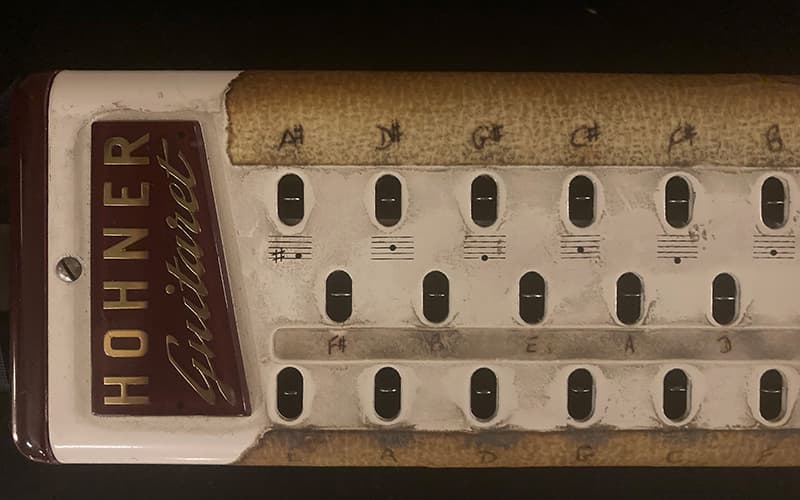









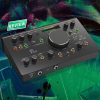







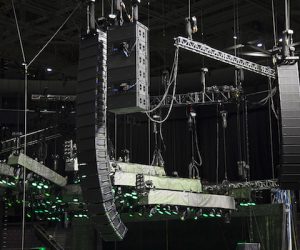


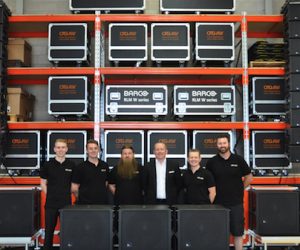





RESPONSES